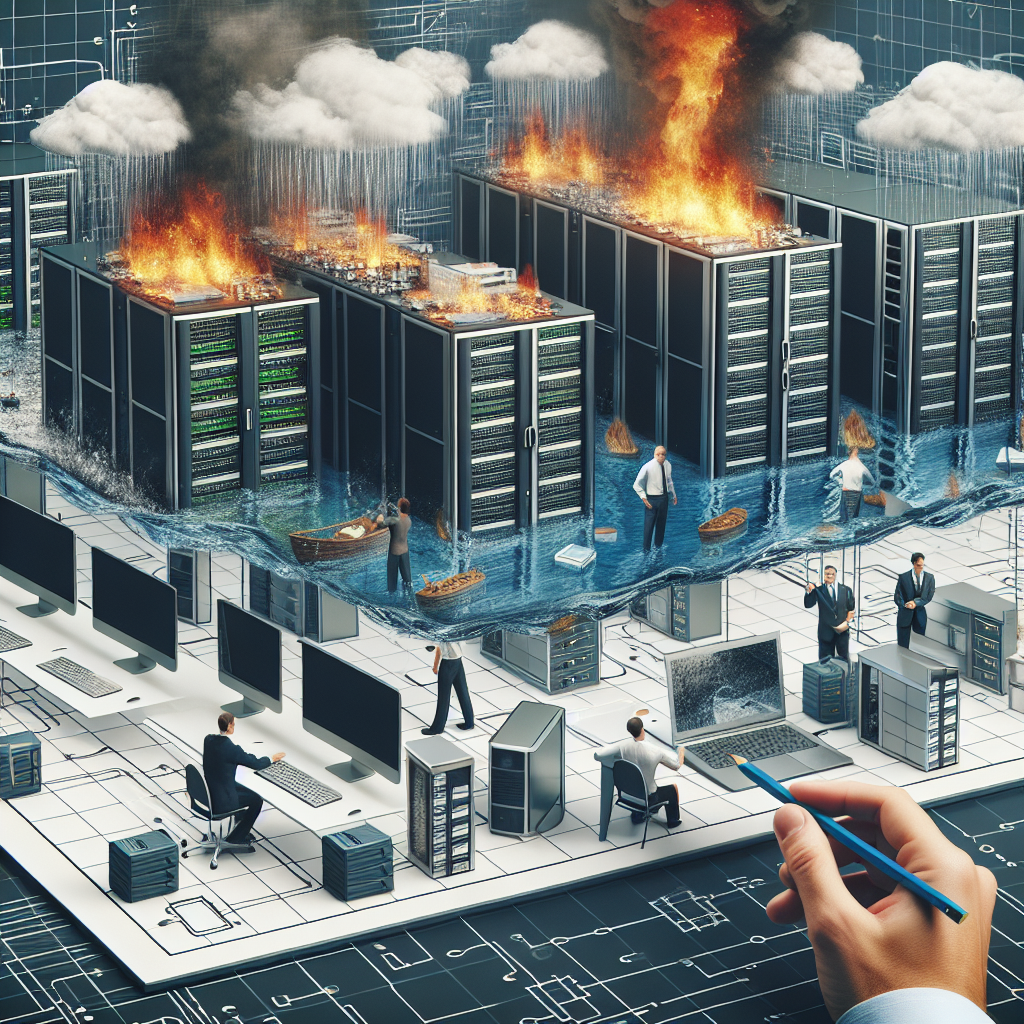Your cart is currently empty!
Disaster Recovery and Business Continuity in the Data Center Industry

In today’s digital age, data centers play a crucial role in storing and managing vast amounts of data for organizations of all sizes. With the increasing reliance on technology, it has become imperative for businesses to have a solid disaster recovery and business continuity plan in place to protect their data and ensure uninterrupted operations in the event of a disaster.
Disaster recovery refers to the process of recovering and restoring data, applications, and IT infrastructure after a natural or man-made disaster. This could include events such as fires, floods, cyber-attacks, or equipment failures. A robust disaster recovery plan is essential for data centers to minimize downtime and ensure that critical systems can be quickly restored.
Business continuity, on the other hand, involves the ability of an organization to continue operating during and after a disaster. This includes having backup systems in place, alternative work locations, and communication plans to ensure that the business can continue to function even when faced with disruptions.
In the data center industry, disaster recovery and business continuity are of utmost importance due to the critical nature of the data being stored and managed. Data centers house sensitive information such as customer data, financial records, and intellectual property, making them a prime target for cyber-attacks. Without a solid disaster recovery plan in place, organizations risk losing valuable data and facing significant financial and reputational damage.
To ensure the resilience of their operations, data centers must implement comprehensive disaster recovery and business continuity strategies. This includes regular backups of data, redundant systems, failover mechanisms, and testing of recovery procedures to ensure they are effective in a real-world scenario.
One key aspect of disaster recovery and business continuity in the data center industry is the importance of geographic diversity. Having data centers located in different regions can help mitigate the risk of a single point of failure and ensure that operations can continue even if one facility is impacted by a disaster.
Additionally, data centers must also consider the security implications of their disaster recovery plans. This includes encrypting data both at rest and in transit, implementing access controls, and monitoring for any suspicious activities that could indicate a breach.
In conclusion, disaster recovery and business continuity are essential components of a data center’s operations. By investing in robust strategies and technologies to protect their data and ensure uninterrupted operations, organizations can minimize the impact of disasters and maintain the trust of their customers. As the threat landscape continues to evolve, data centers must remain vigilant and proactive in their approach to disaster recovery and business continuity to stay ahead of potential risks.

Leave a Reply